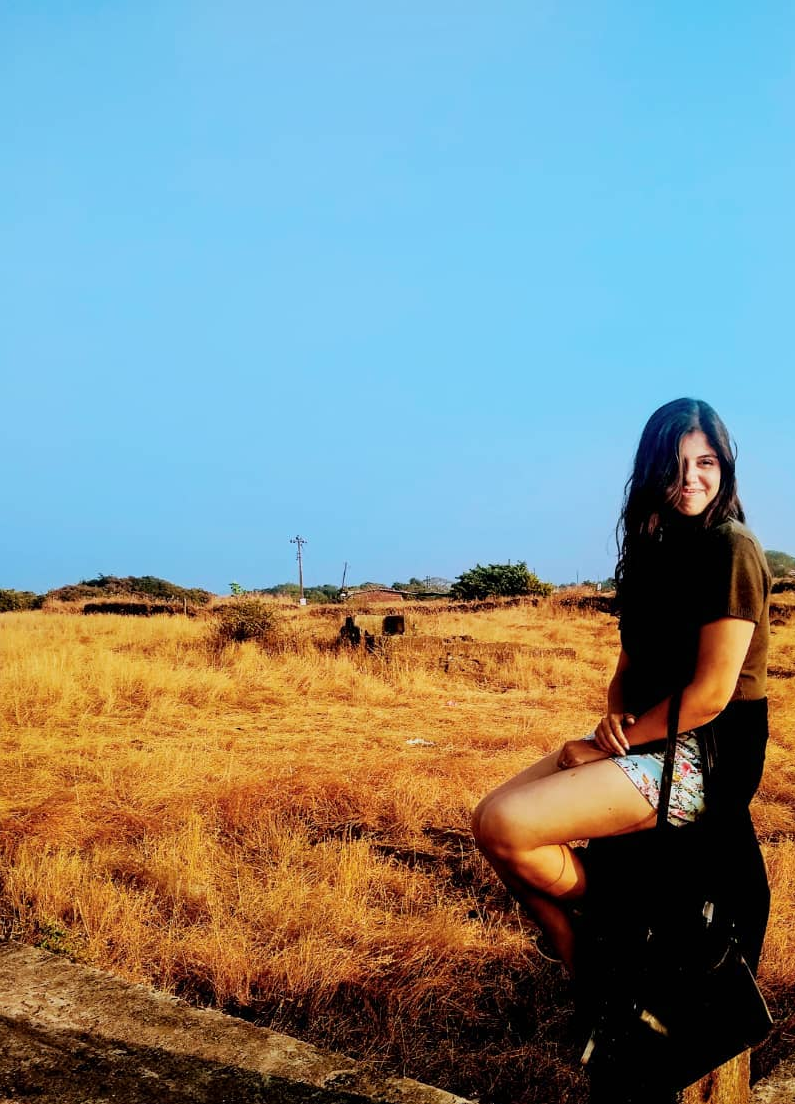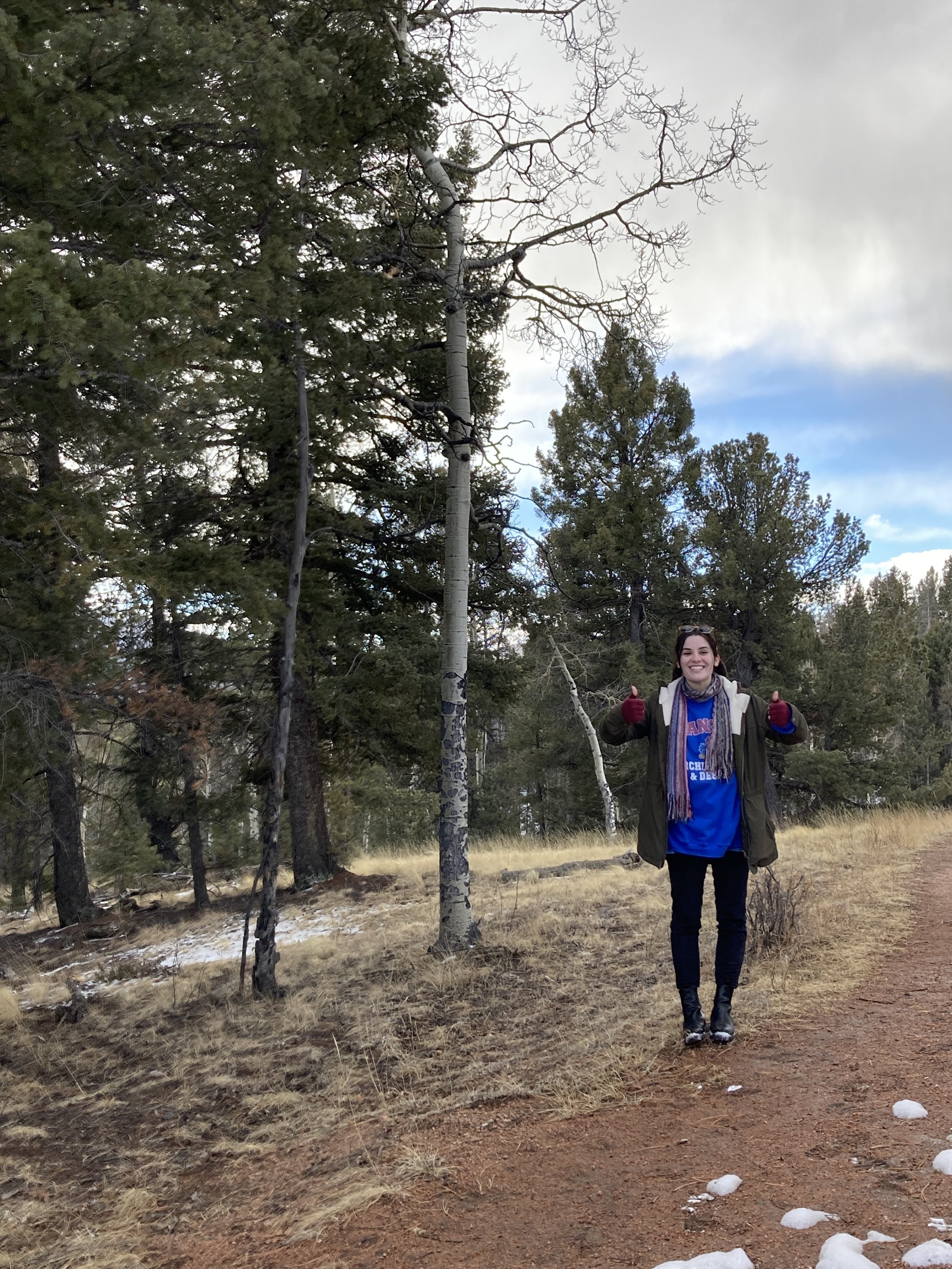Gen Z Speaks
The incoming cohort of interns and recent grads will likely be part of Generation Z born between 1996 and 2010, although the years differ slightly depending on the source. As digital natives, they grew up with access to the internet. Smartphones have existed for their entire lives. (Yes, there were smartphones before the iPhone. Did anyone have Simon?) From environmental concerns to racial justice to financial pressures, there’s a lot on their plates, and many from this generation have strong feelings about working for and supporting businesses that align with their values.
We checked in with PGAV’s summer interns to glimpse what’s valued as we welcome Generation Z into the industry. Olivia Grinage, Revati Dass, Leo Aguilar-Behsman, Geoffrey Dugopolski, Lizzy Calvert, and Karalina Kulis spoke about their experiences and dreams for the industry.
All tech all the time?
Remember paper? Pulling that giant atlas from the depths of your car out to plan the road trip. Arriving at your destination and fumbling through your bag for a paper ticket, walking through the gate, and grabbing the map to choose your path? While you may still find a few pieces of paper floating around an attraction, most of those tasks are now digital. Revati said, “There’s so much access to destinations and information before a guest arrives. For example, when people visit a theme park now, chances are they already know the locations, speeds, and popularity of each ride. For some people, a simple rollercoaster is no longer sufficient. It needs to be mixed with theming, 3D screens, and story plotlines.”
With all this reliance on technology, that’s what everyone craves, right? Not so fast. Lizzy explains, “Although it is an amazing tool, there are certain things that can’t depend on technology. How individuals experience a space or how different generations think is an aspect that is imperative to our design process and the resulting success of an attraction.”
Geoffrey added, “Technology makes some things easier, but we can’t ignore the human connection. I see an immense benefit to creating analog experiences since our lives now rely so heavily on digital experiences. Especially in entertainment settings, we spend all day on computers and our free time on phones. Therefore, our thrills should be outside, active, tactile, and real.”
Olivia echoed that sentiment, “Personally, I believe there are an immense number of benefits to cultivating experiences without reliance on technology. Human interaction is so important both in building relationships and in building place identity. Real interactions are sparked by not having people’s faces glued to their own screens, which will lead to higher guest satisfaction. Ultimately, nothing can replace how real the human touch and brain are, especially when it comes to the heart of destinations: the guest experience.”
Leo finds that the absence of technology allows him to create more memories, “For me, experiences that don't rely on tech are more memorable. I find the shift to screens in certain attractions to be a little out of place. Why go to a place in person only to be put in front of a screen? You could experience that at home now with VR.”
Social Media
The first form of social networking emerged in 1997. Social media alters how people understand and absorb media, friendships, travel—every aspect of life.
Geoffrey said, “I have found that photography and social media have greatly impacted how people experience, interact with, and seek out certain experiences. Now that everyone always has a camera on them, people look for picturesque locations to grab a selfie for social media engagement. Many businesses’ aesthetics rely on this trend and focus on being interesting backgrounds for influencers to attract more business. In contrast, I have also noticed a shift in the aesthetics of establishments and corporations to simplify their logos and mute their color palettes. Many people have recognized the decrease in the vibrancy of chain restaurants like McDonald’s and Taco Bell, which had fun and lively 90’s color palettes and interiors with a lot more ‘personality’ being replaced by grey minimalist buildings and interiors which look modern and clean but lack identity and liveliness. Joy and interest in user experiences should always be considered in any project as the built environment is for people.”
Karalina shares social media’s positive aspects: “With our ability to navigate the social world online, we can directly gauge interest and make decisions based on public opinion and other professionals anywhere in the world. We can offer fresh ideas and skills with new materials that may not have been as accessible in the past.”
Keeping Up
Lizzy added, “My generation has the unique experience of growing up with technology, creating a very fast-paced culture. Trends seem to be changing at a faster rate than ever before because of the internet. I believe that because we have been immersed in this culture our entire lives, the familiarity of it creates a unique opportunity for the exchange of ideas in our careers.”
Leo observes a notable change in the way colleagues interact with each other. "Having grown up with smartphones, individuals from my generation can play a role in advising clients and colleagues on effective communication strategies. One area where we can make a difference is by acknowledging that our generation generally has a shorter attention span. Communication efforts should prioritize concise and visually engaging content, rather than lengthy, text-heavy articles." Oops. This article is over 1,000 words.
😂
Designing for the future
Immersive experiences, technology, insta-worthy moments. What’s next? Lizzy says, “I feel as though many of my peers want to visit destinations driven by activities like concerts and festivals. I’ve seen food and activity being combined to create something new. This is taking a foothold in the entertainment world and creating destinations my generation wants to experience.”
Authentic Values
Generation Z has strong values, makes decisions based on those values, and seeks authenticity. If you say you’re green, you better prove it. Diversity and inclusion? Yep, those too.
“I find the environment to be a top priority. Through environmental education, I think we can or are shifting individuals to be more conscious about their environmental impact,” Geoffrey commented.
Revati agrees, “Awareness about sustainability, ecology, and animal rights are rapidly resulting in zoos and aquaria focusing on bringing the real-time experiences to the public, beginning to bridge the gap between theme parks and sanctuaries.”
Karalina shared the benefits of focusing on animal welfare, “I have noticed a much stronger push for conservation programs that want to not only care for animals but educate and inform guests about their condition in the wild and why they are important. It is essential to understand and appreciate the world around us. Zoos and aquariums should be recognized as places of protection, education, and research.
The Heart of It
With their strong beliefs and desire to improve the world, empathy is a significant component of Gen Z’s thought process. How does that help design attractions? Olivia says, “My approach to every project is to empathize and understand the use of a space by its end user. I hope that my knowledge provides a fresh perspective, one of hope for the future but also of respect that, at the end of the day, clients, colleagues, and guests come from all ages and walks of life, so understanding other people’s opinions is essential to the future of themed entertainment.”
She continued, “While I can’t speak for all of us, I believe my generation brings a new perspective to the workforce of empathy and a desire to stand up for what we believe in. We have the drive and the technology to make changes and leave projects better than when we found them. I want to make a difference in themed entertainment so that generations to come will be positively impacted, just like I’ve been!”
Reinvention is more fun with friends. Got a topic you want to see on Destinology?
Email us at destinology@pgav.com or start a conversation on Facebook, Twitter on LinkedIn.
Tap the buttons below.
















